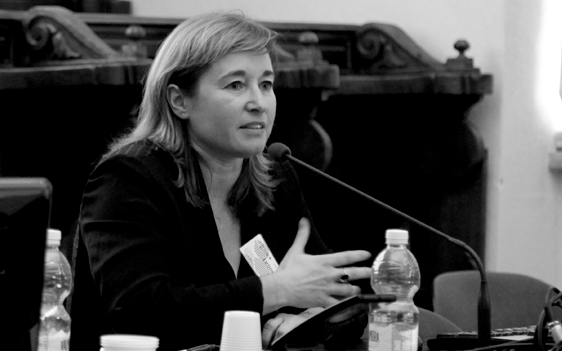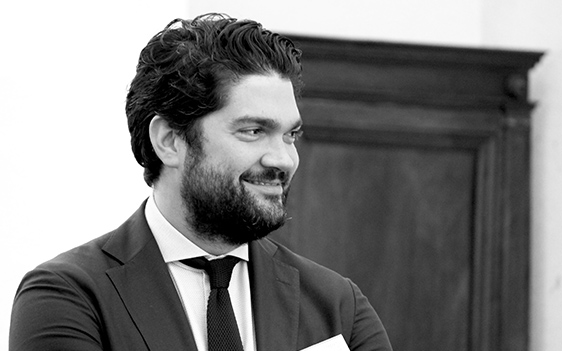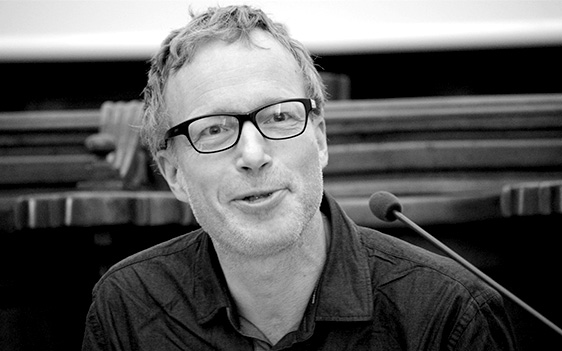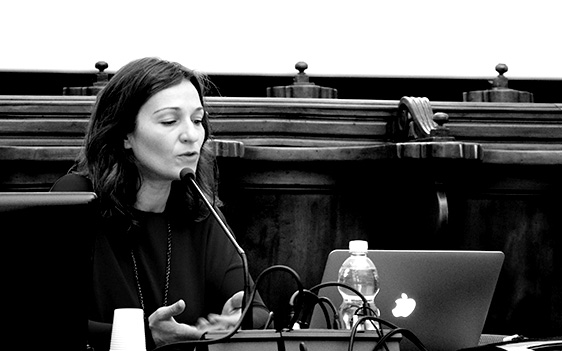
DESIGNING/SOCIALIZING | Resilience & New Technology Question of Community, Locality, Time and City
In the last years the biggest change is the influence of technology in our society. Also communication and community change. Now they don’t need their own place, people could be connected remotely without a place of connection. We moved from an individual and physical community to a connected individual and virtual community. What are the consequences for the city? There are new ways to manage and understand the city.
The city became ‘’smart, intelligent, creative city’’, because it is able to offer more services.
That change have a positive impact on the territory and the urban cities structure, in order to make a perfect harmony between the human and the city, in ecological and environmental way. In Smart city society, communication and socialization are a necessity. The use of technologies in our contemporary era improves the community’s interaction making events in private or public spaces (cultural, social, architectural, sporting, ect.). In that way use and design become very important in public spaces. Those public spaces must be re-appropriating so people can find their own useful space.
The city is “smart” not because it is technological, but because it is able to offer more services better access to education, culture, and health thanks to technology.
The base of Resili(g)ence is the new social designing.
‘La communauté af-frontée’ of Jean-Luc Nancy is not just about “geopolitics” or “economy”, and it’s not just about “religion” or “culture”: the event engages all the forms of life and thought that is “globalized.”
So this is an invite to open our eyes:
- the community must have a common project and people wants to create:
- the community around project;
- the community speak about family like instead of sharing;
- the community of ‘with’ it in fact is with social media: we’re in the center and the community is around us;
- community and locality: the community in a specific space.
Individuals members of a community are remotely connected through mobiles and they don’t necessarily need or belong to a physical or defined locality.
The first thing of technology is phone: individual community connected remotely with a place of connection but people not connect with place are more individual.
The passage of individual community to the connected individual making his own community.
The time goes fast and the sensation change faster but the only difference with connection is the consequence for the city.
We have to effect efficiency and sharing is the new way to create energy communication and data is new to share experience in the city, to play game like Pokemon Go. There is important on the public space: we could reappropiriate the public space creating new type of division of the city.
The community that becomes a single thing. Necessarily loses the in of being-in-common. Or, it loses the with or the together that defines it. It yields its being-together to a being of togetherness.
The truth of community, on the contrary, resides in the retreat of such a being. (Preface, xxxix)
If you have a bit of imagination, every place could be used for every purpose, even for temporary cultural events: you can use your environment or the shape of the public space as an important part of the exhibition itself. Some examples could be “chairs out of stairs” or “squares like antlers”, or even find a way to create your own use of that space with the aid of different tools (Nike Laser Soccer Field). We can consider the example of Piazza del Campo in Siena: just with the use of a great amount of sand the entire shape of the square changes and it can be used for the Palio.
Technology is the node, not the finality: everybody is a dot in society and globality.
ENSAM de Montpellier
The School of Architecture of Montpellier and through it the study field ‘South Metropolises” aim to work on architecture and urban projects starting from a specific entrance point which is the interrogation of the locality as a vector of urban development. This strategic methodology deals with a continuous awakening of the Cultural heritage allied with the integration of paradigms such as “smart cities” and ITC integration in cities. Through the taking into account of the cultural heritage “South Métropolis” questions the massive contribution of new technologies and their impact in the city, new governance and Metropolis constitutions. Thus, what is called “smart cities” is a necessary though for architects in order that this new “intelligent city» can be able to build a “sensible” city where new shared experiences could take place.
CURRICULUM
Elodie Nourrigat is an architect and graduate of the Ecole Nationale Supérieure d’Architecture de Montpellier (ENSAM). In 2002, she was awarded a Master’s degree in Philosophy from Université de Lyon III, followed by a PhD in Architecture in 2011, at the Paris la Villette ENSA. She has worked as a professor at ENSAM since 2004. In 2000, she co-founded N+B Architectes with Jacques Brion in Montpellier. Nourrigat and Brion have won many awards for their work. In September 2008, they were invited to exhibit at the 11th Architecture Biennale in Venice as part of the French Pavilion. In June 2008, Elodie Nourrigat won the ‘Atkins Inspire Award’ in London. In 2013, Elodie Nourrigat was one of five nominees shortlisted for the Prix de la Femme Architecte (Women in Architecture Prize).



